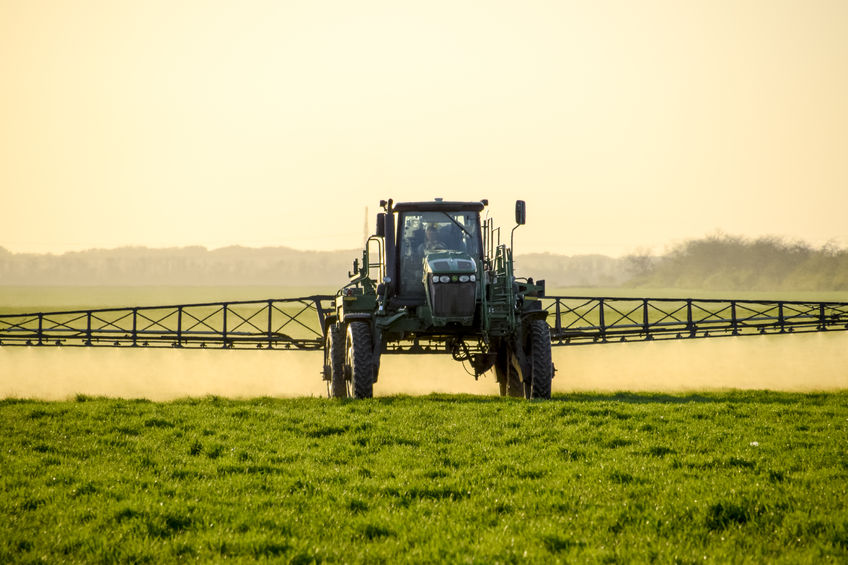
The use of pesticides on arable crops grown in Scotland has declined according to new figures.
A new report was released on Wednesday (13 November) as part of a series of surveys which are produced to estimate pesticide usage in Scotland.
It shows that pesticide applications to arable crops in 2018 were 4 percent lower than in the previous survey in 2016.
The estimated area of arable crops grown in Scotland in 2018 was ca. 489,309 hectares.
Spring barley accounted for 51% of the arable crop area, wheat 20%, winter barley 8%, winter oilseed rape 7% and spring oats 5%.
Potatoes, legumes, winter oats and winter rye together accounted for the remaining 9%.
The treated area received on average 3.9 pesticide sprays with a total combined application weight of ca.1,312 tonnes, the report says.
A reduction in the use of rodenticides used to control rodents on arable farms was also recorded.
The figures go on to show that pesticide use on soft fruit crops was higher in 2018 than reported in 2016.
However, the low pesticide application rates reported in 2016 were atypical in this data series and pesticide application in 2018 was lower than levels reported in 2014 and 2012.
In relation to pesticide use on stored potatoes, 28% of seed potatoes and 13% of ware potatoes were treated with a pesticide in 2018.
These proportions are lower than reported in 2016 for seed potatoes and similar than 2016 for ware potatoes.
93% of soft fruit crops in Scotland were treated with pesticides. The treated area received on average 11.2 pesticide sprays with a total combined weight of ca. 17 tonnes.
For this, pesticide application was 10 percent higher in 2018 than reported in 2016.
The use of biopesticides and biological control agents has increased since the previous survey for managing insect pests and disease in soft fruit crops as part of an integrated pest management system.
It was estimated that rodenticides were used on 55% of arable farms in 2018, a reduction from the 78% using rodenticides in 2016.
Approximately 49 tonnes of rodenticide bait, containing less than 6kg of active substance, was estimated to have been used.
This was 47% lower than in the previous survey in 2016. The rodenticides encountered were almost exclusively second generation anticoagulant compounds.
It is likely that the decreased rodenticide usage, increased adoption of non-chemical control and increased uptake of best practice reported in 2018 has been influenced by the introduction of the 2015 industry led rodenticide stewardship scheme.
